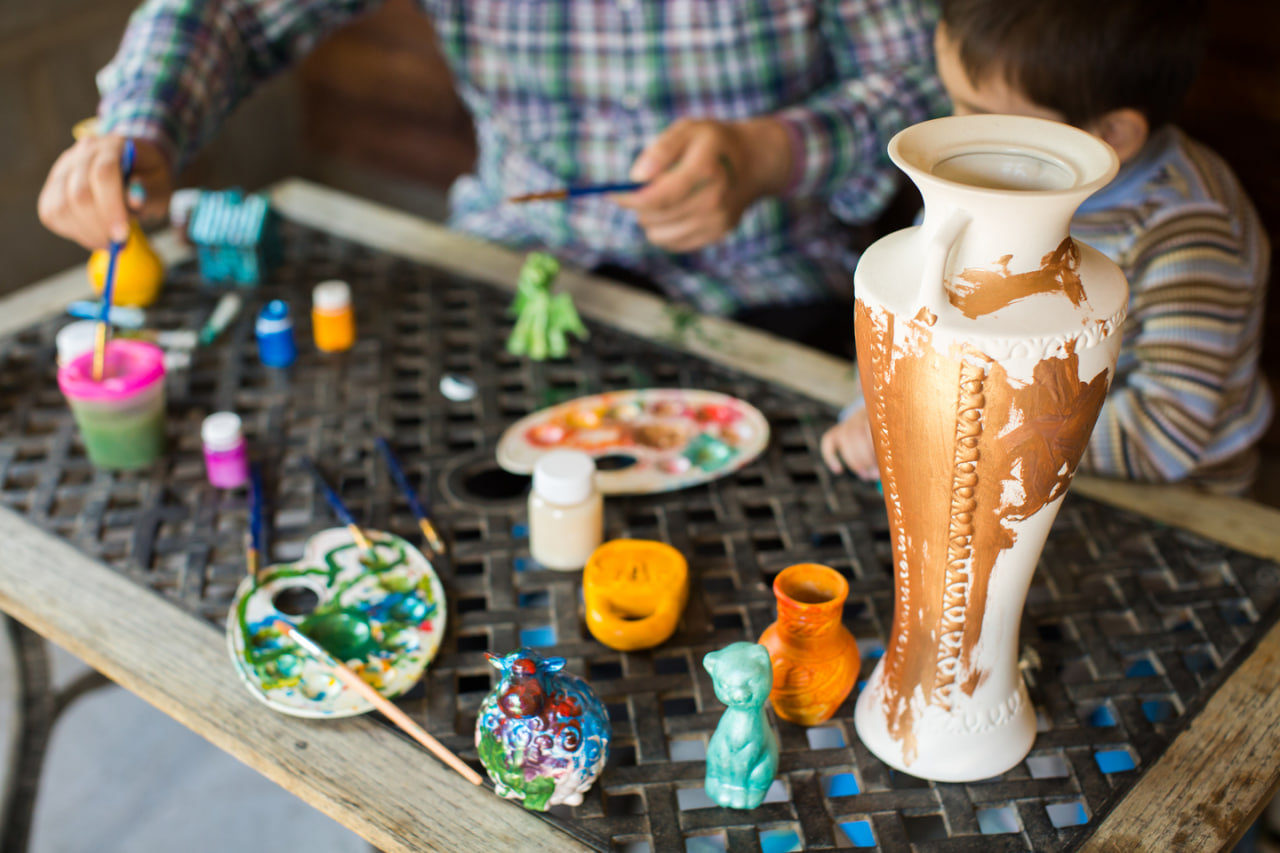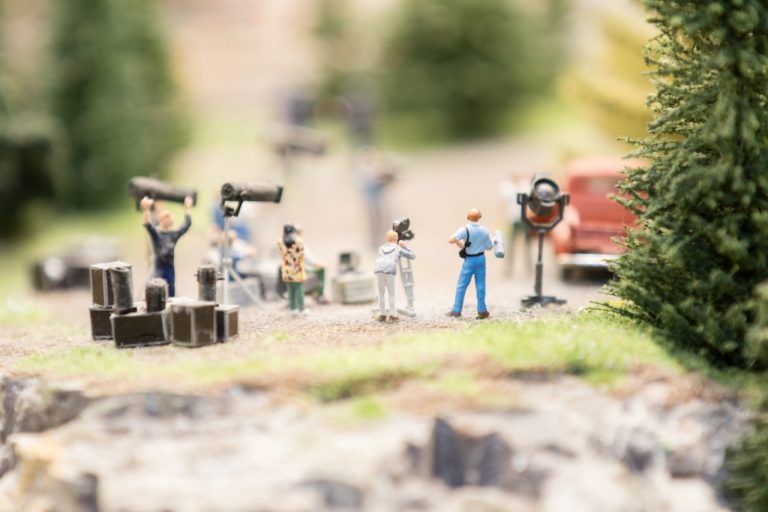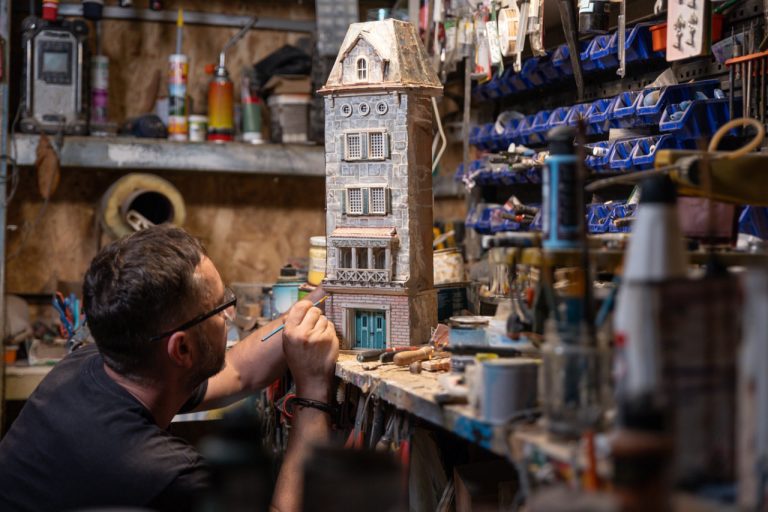How to Choose the Perfect Scale for Your Miniature Projects
Choosing the right scale is one of the most important decisions you will make when starting a miniature project. The scale not only affects the overall look and feel of your creation but also determines the level of detail you can achieve and how your pieces will fit together. Understanding how to select the perfect scale will help ensure your miniature project is both visually appealing and practical to build.
What Is Scale in Miniature Making?
Scale is the ratio between the size of the miniature and the size of the real-life object it represents. For example, a 1:12 scale means that one unit of measurement on the miniature equals twelve units on the real object. This is why a 1:12 dollhouse would mean one inch on the dollhouse equals one foot in real life.
The scale you choose affects all aspects of your project, including materials, tools, and the amount of detail you can include.
Common Scales in Miniature Projects
There are several popular scales used in miniature making. Each has its own applications and benefits.
- 1:12 Scale (One Inch Scale)
This is the most popular scale for dollhouses and furniture. It allows for a good level of detail while keeping the overall size manageable. A miniature chair at this scale would be about one inch tall for every foot of the real chair. - 1:24 Scale (Half Inch Scale)
This scale is smaller, making it ideal for projects where space is limited. It is commonly used for smaller dollhouses or accessories and allows for easier storage. - 1:48 Scale (Quarter Inch Scale)
Used primarily for smaller architectural models or extremely detailed miniatures, this scale is much smaller and requires precise work and tiny tools. - Other Scales
Some projects use custom scales like 1:6 for action figures or 1:144 for model trains. These depend heavily on the purpose of the miniature and the availability of accessories.
Factors to Consider When Choosing a Scale
Selecting the right scale goes beyond just picking a number. Several important factors will guide your decision.
Purpose of Your Project
Consider the final goal of your miniature. Are you creating a dollhouse, a model for display, or a functional piece like a doll accessory? Larger scales like 1:12 are better for highly detailed dollhouses, while smaller scales may suit display models.
Space Available
The size of your workspace and where you plan to display or store your miniatures is critical. Larger scales require more room, while smaller scales allow for compact storage.
Level of Detail Desired
The bigger the scale, the easier it is to include fine details. If you want intricate textures, painted patterns, or realistic furniture, a larger scale gives you more room to work.
Skill Level
If you are a beginner, starting with a slightly larger scale like 1:12 can make handling and assembling pieces easier. Smaller scales require steady hands and advanced skills.
Materials and Tools
Some materials are easier to work with at specific scales. For example, wood sheets or fabric textures may not translate well to very small scales. Your choice of scale should match the tools and materials you have or want to use.
How Scale Affects Accessories and Components
When you choose a scale, it’s important to ensure that all parts and accessories match that scale. Mixing scales can create a jarring or unrealistic look. Many miniature makers buy pre-made accessories scaled for 1:12 or 1:24, which helps maintain consistency.
Custom-building components also means carefully measuring and adjusting each piece to match your scale ratio, which can be time-consuming but rewarding.
Tips for Working with Your Chosen Scale
Once you’ve selected a scale, here are some tips to keep your project consistent and enjoyable:
- Use a Scale Ruler: These rulers have measurements marked for various miniature scales and help you measure accurately.
- Keep a Reference Chart: Having a chart with dimensions for common furniture or items at your chosen scale saves time and ensures consistency.
- Plan Before Building: Sketch your project or create a mood board to visualize how the scale will affect your design.
- Test Materials and Tools: Practice cutting, painting, or assembling a small test piece to get comfortable with the scale.
- Be Patient: Smaller scales often require more delicate work. Take breaks and work in well-lit, organized spaces.
The Joy of Finding Your Perfect Scale
Choosing the right scale is a balancing act between the level of detail you want, the space you have, and your personal preferences. Whether you decide on the classic 1:12 scale or venture into smaller, more intricate scales, your miniature project will be a unique expression of your creativity.




